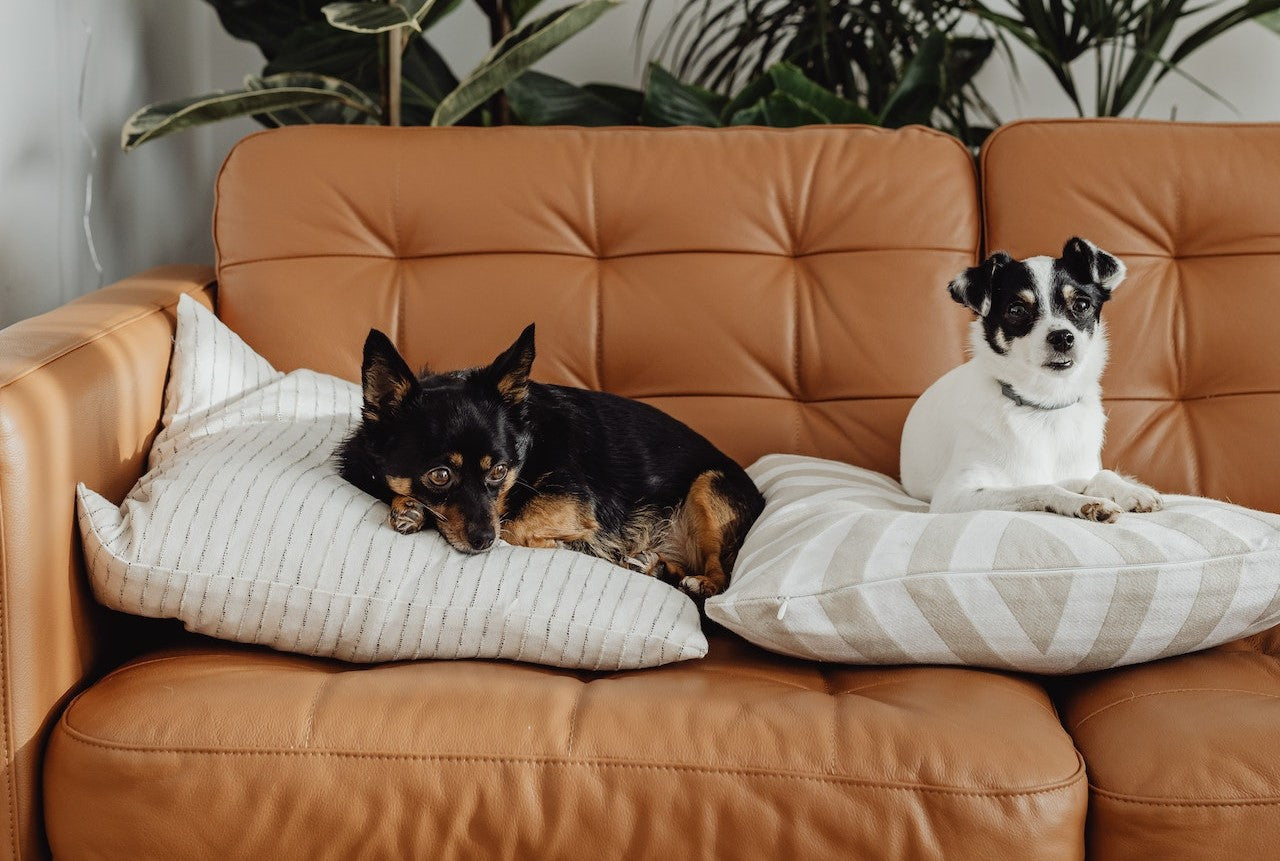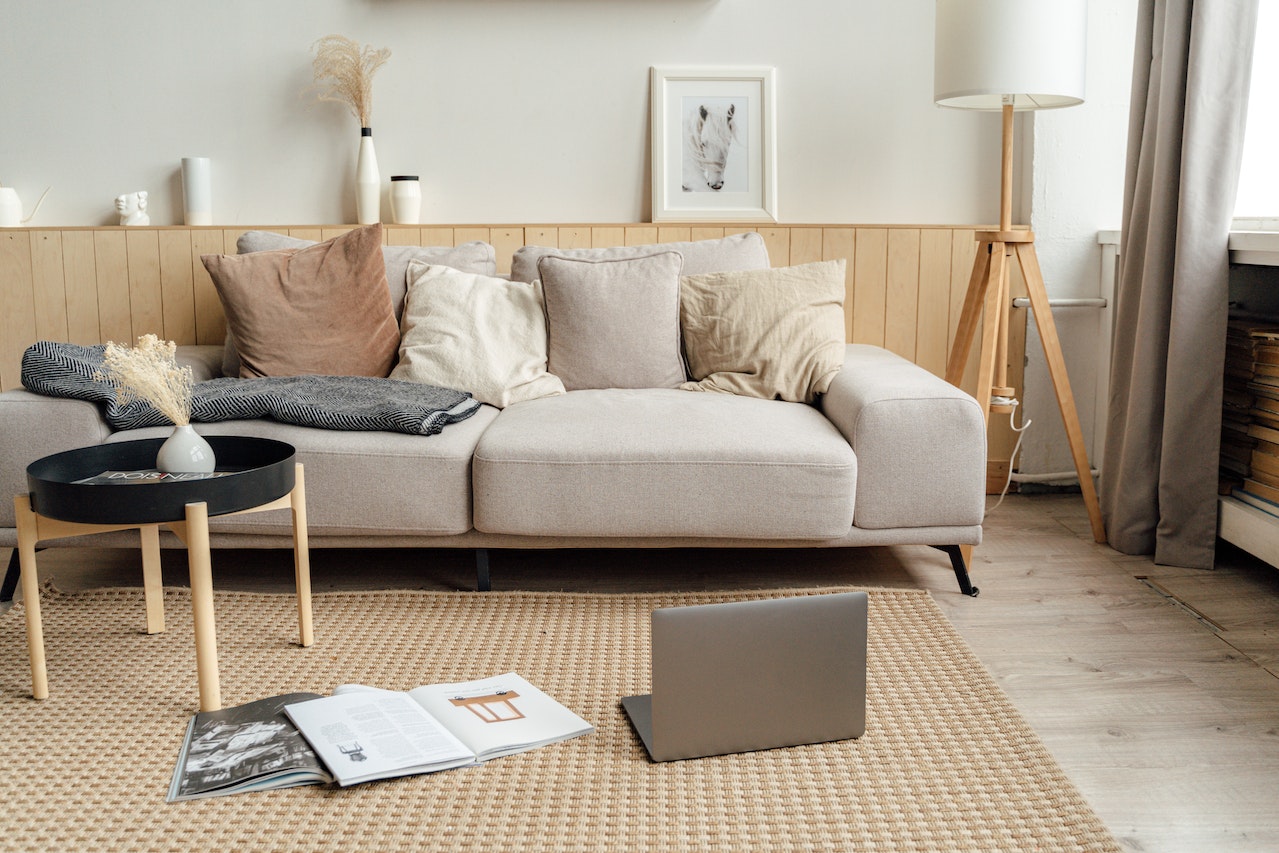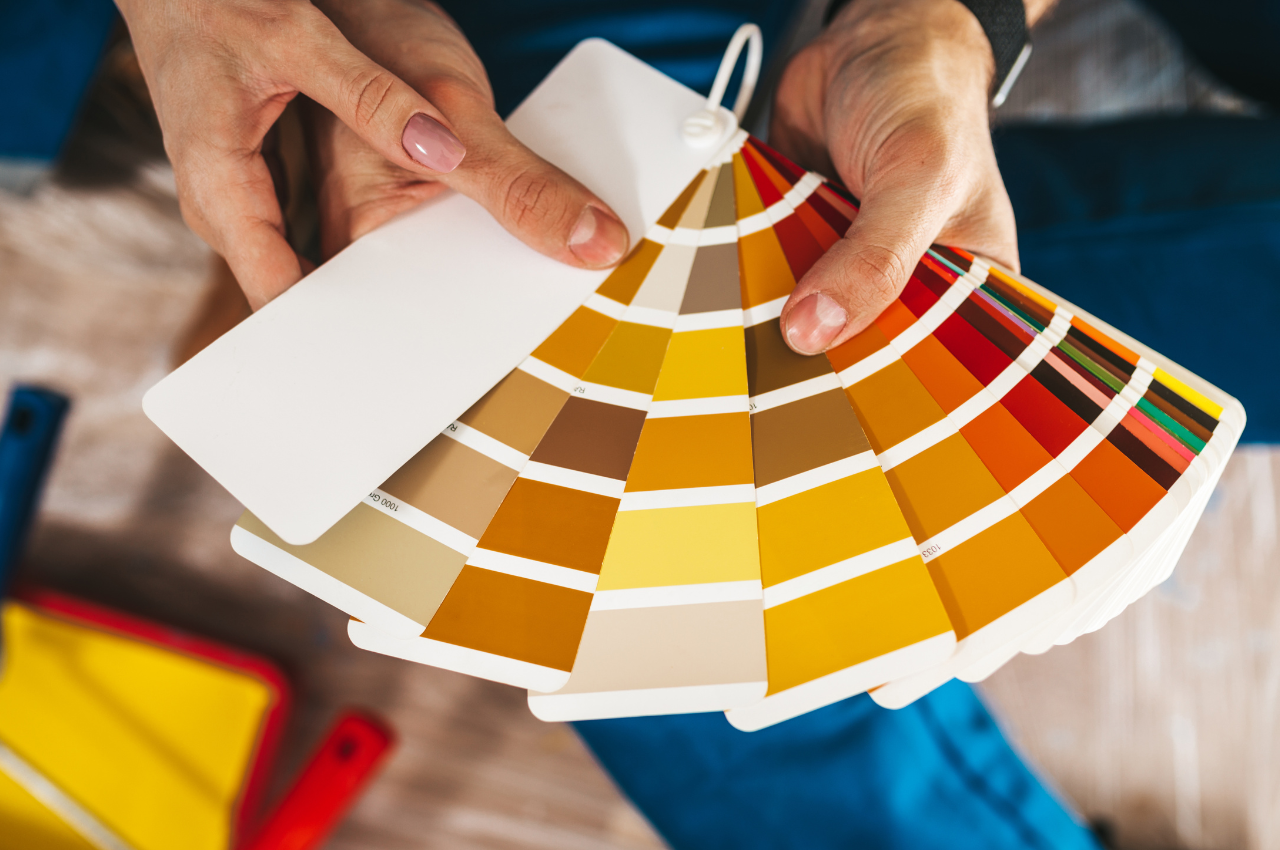There is no one-size-fits-all approach to keeping pets away from your furniture. However, with the right approach, you can create a pet-friendly space that provides a comfortable home for you and your fur babies. In this article, we’ll show you how to protect furniture from pets with a few tips.
Get a Couch Protector
Keep your couch safe and stylish with washable covers and pet throws. Protect their favorite spots with ease and without sacrificing your taste in decor. Add a washable protector to their “spot” or cover the entire piece for ultimate protection. It’s the simplest solution to keep your furniture looking fresh and pet-friendly.
Keep things fresh by rotating several covers and always having a clean one. But don’t settle for just any cover. Choose one that’s specially made to combat those pesky pet castoffs. Certain textiles can help, and leather (and other leather alternatives) is among the best options. It doesn’t collect hair like other materials and is a breeze to vacuum (or wipe down).
Go for Pet-Friendly Textile

Whether choosing a couch protector or upholstery, always go for pet-friendly textiles. The top choices are leather and microfiber. Here’s why:
Leather
Leather, as well as other leather alternatives, is pet-friendly. It’s easy to clean, hair-resistant, and odor-resistant.
Overall, leather is a great option, but it’s NOT scratch-resistant. Keep your furry friend’s nails trimmed if they lounge on your leather furniture. But if scratches sneak in, you can fix them with leather repair products.
Microfiber
Microfiber is durable and hard to stain. While not entirely waterproof, it can repel wetness. The downside is that pet hair can stick to microfiber. But you can easily vacuum the hair away or use a stiff fabric brush to remove it.
Another thing that makes microfiber a great option is its easy cleaning. Plus, it doesn’t seem to retain odors compared to other fabrics. And for all cat lovers, microfiber is a good choice because cats aren’t as interested in scratching it.
When selecting fabrics for furniture, it is recommended to steer clear of linen, velvet, suede, silk, and tweed because they either catch a lot of hair or are too delicate for scratches.
Train Your Pets

Protect your furniture by training your furry friends to stay away. Start early with some gentle discipline and consistent boundaries. In time, your pets will respect your space and happily lounge on their own, off the furniture.
Training requires patience and consistency for your pets to understand your expectations. To correct their behavior, consistency is important. Let them know that jumping on or chewing furniture is not allowed. Firmly say “No” when you see them doing it. This will help them understand that they are misbehaving.
Buy Comfy Pet Beds

One way to protect your furniture from pets is to give them comfy pet beds. They provide a cozy spot for your cats or dogs to relax while protecting your furniture from dirt, hair, and other messes.
Giving your pets their designated spots also reinforces the boundary you’re setting. Plush beds are also especially beneficial to senior pets—they need a soft place to rest from the aches and pains of aging.
Cats may need more than pet beds to stay off the furniture. A cat tower can help discourage them from climbing furniture and shelves. Plus, the scratching posts can also distract them from going after the couch and other furniture legs.
Keep Toys Around

Provide your pets stimulating toys to draw their attention away from your furniture. For dogs, chew toys and bones are great options. Toys like laser pointers, teaser wands, and anything with catnip, even boxes, may be more appealing for cats. Another option is to provide them with things that have your scent, like an old shirt you no longer wear.
One way to reinforce positive behavior in pets is to offer them a toy after scolding them and then praise them when they engage with the toy. This approach may help pets learn which behaviors are more desirable.
Groom Your Pets Regularly

Don’t get mad at your furry friend for scratching—it’s in their nature. Most of the time, yelling won’t make a difference. They won’t get why you’re angry, at least not right away and without training.
Cats scratch to mark territory and stretch, while dogs scratch before sleeping to leave their scent and create a comfortable environment. In short, cats and dogs have the potential to cause damage to furniture with their nails. And there’s no helping it because it’s their nature.
But regular nail trimming as part of regular grooming can help minimize destruction. For super furry pets, it also helps to bathe them and comb their hair as a routine.
Take Your Pets Out for Walks

Regular exercise and playtime, such as taking your pet for a walk or visiting a park, can improve their physical health. It also helps them relax as they can burn off their excess energy.
Pets require stimulation, and if confined at home for extended periods, they may release their energy on household furniture. This is why they need to get enough playtime and exercise. If you’re always busy, hire pet walkers or sitters. Or, take your pet to daycare.



Leave a comment
This site is protected by hCaptcha and the hCaptcha Privacy Policy and Terms of Service apply.